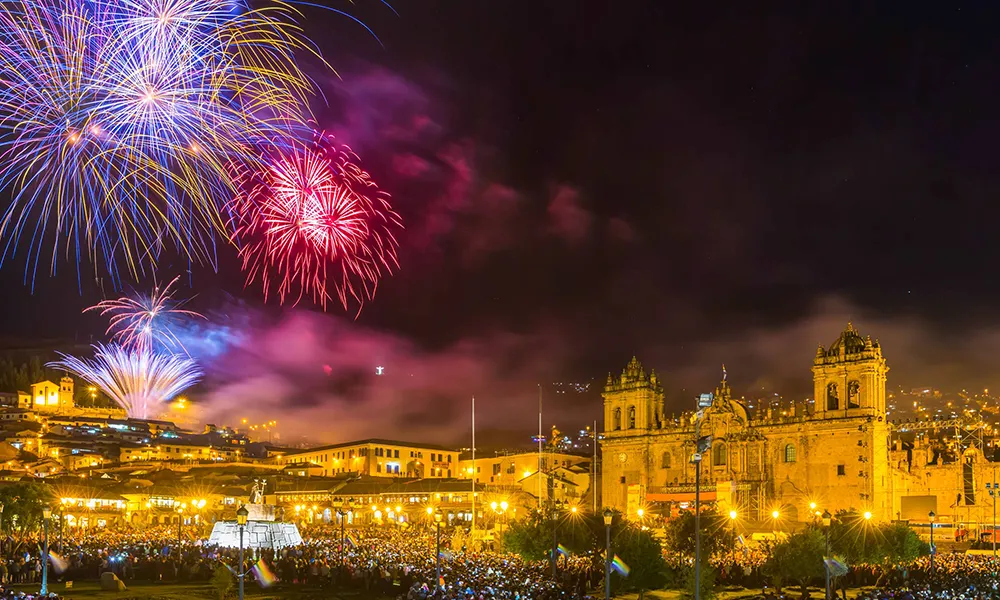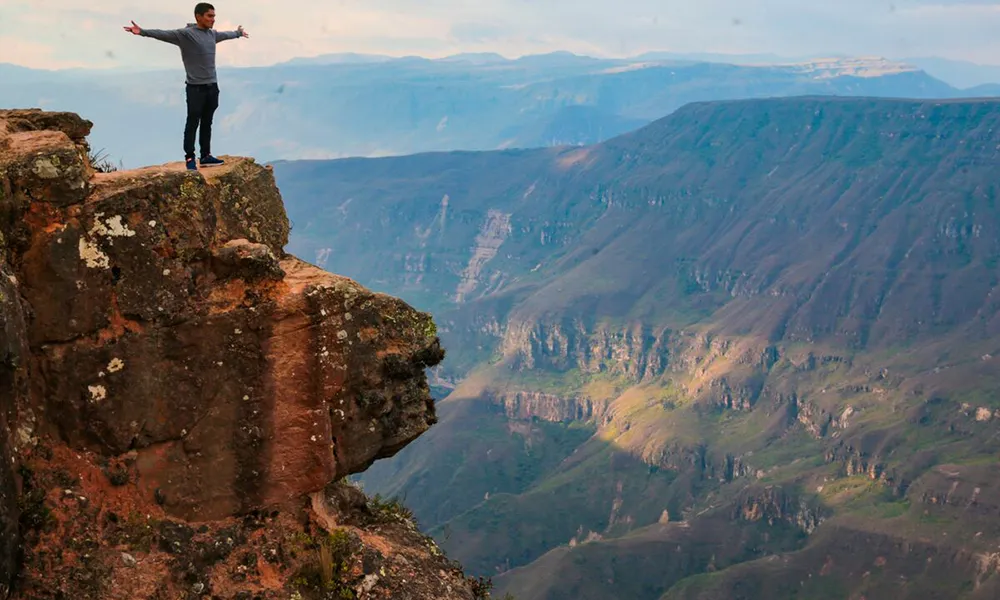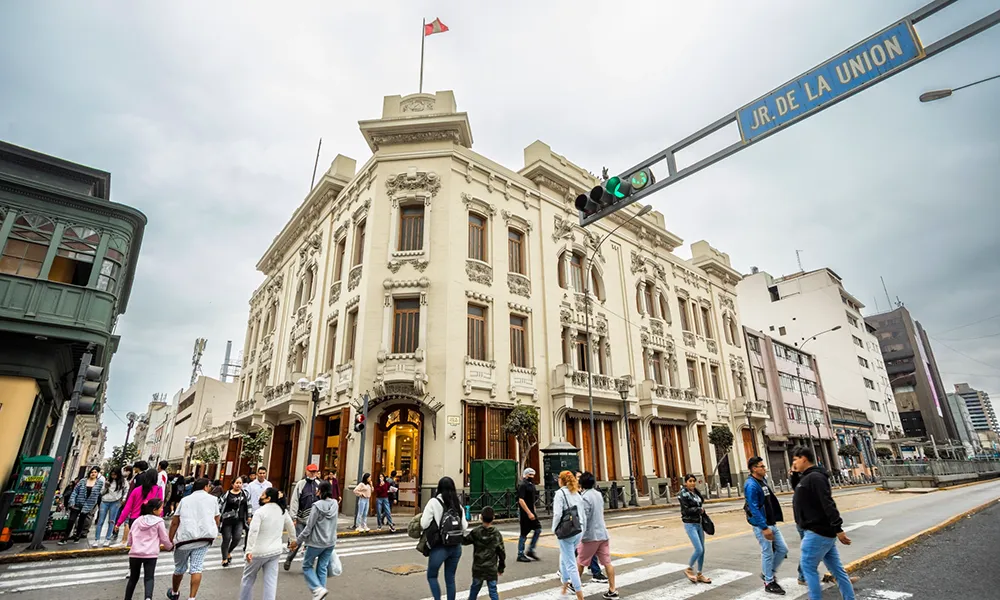Accessibility and Altitude for American Tourists in Peru
Traveling through Peru means discovering a country of contrasts, where every landscape offers a different experience and altitude plays a key role. For American tourists, understanding how to adapt to Peru’s geography and what to expect in terms of accessibility can make the journey smoother, safer, and far more enjoyable.
🏔 Understanding Altitude in Peru
Peru’s geography ranges from the Pacific coast to the towering Andes and the vast Amazon jungle. These sharp altitude changes affect temperature, physical effort, and even breathing.
The capital, Lima, sits at sea level, while Cusco, the historical heart of the Inca Empire, stands at 3,399 meters (11,152 ft) above sea level. Machu Picchu is located at 2,430 meters (7,972 ft), and Lake Titicaca, shared with Bolivia, is one of the world’s highest navigable lakes at 3,812 meters (12,507 ft).
Many travelers arriving directly from the United States are not accustomed to such elevations. It’s common to experience altitude sickness or soroche, which may include headaches, fatigue, loss of appetite, or light dizziness.
To reduce these effects, it’s best to ascend gradually, allowing your body time to adjust. Spending the first night in the Sacred Valley (lower than Cusco) can help ease adaptation before exploring higher areas.
Additional recommendations for altitude:
-
Hydration is essential. Drink plenty of water throughout the day.
-
Avoid alcohol and heavy meals upon arrival at high altitudes.
-
Rest well during your first 24 hours in Cusco or Puno.
-
Drink coca tea or chew coca leaves, traditional Andean remedies used by locals for centuries.
-
Consult your doctor before traveling; they may recommend altitude medication such as acetazolamide.
🧭 Accessibility and Travel Infrastructure
Peru has made significant progress in improving accessibility for international visitors. In large cities such as Lima, Cusco, and Arequipa, modern hotels, museums, and airports now include adapted services for travelers with reduced mobility. However, due to the country’s mountainous and colonial character, not all places are fully accessible.
In Lima, the terrain is flat, and most modern establishments—particularly in districts like Miraflores, San Isidro, and Barranco—offer wheelchair-accessible sidewalks, hotels with elevators, and ramps in restaurants and cultural centers.
In Cusco, the challenge is the city’s cobbled streets and steep alleys. Despite this, many hotels near the Plaza de Armas have been renovated to include ramps, ground-floor rooms, and assistance for tourists. The local airport also provides easy boarding for passengers requiring support.
When traveling to Machu Picchu, accessibility is more limited due to the site’s ancient architecture and mountainous terrain. However, some specialized tours offer adapted transportation, support staff, and strategic stops at scenic viewpoints. Visitors with reduced mobility can still enjoy impressive panoramic views of the citadel without climbing steep stairs.
In the Sacred Valley, several archaeological parks, such as Pisac and Chinchero, have accessible viewpoints and routes that allow visitors to experience Andean culture without physical strain. Meanwhile, Arequipa, with its wide streets and colonial architecture, offers good accessibility in the historic center and nearby tourist sites like the Monastery of Santa Catalina.
🚗 Transportation and Accessibility Options
-
Airports: Jorge Chávez International Airport in Lima and Alejandro Velasco Astete Airport in Cusco both have wheelchair assistance, adapted restrooms, and priority boarding.
-
Trains to Machu Picchu: Both PeruRail and Inca Rail offer assistance during boarding and disembarking. They provide help for travelers with limited mobility and have spacious seating areas in selected cabins.
-
Buses: Interprovincial companies in Peru are gradually incorporating vehicles with better access, though options may be limited in rural routes.
-
Taxis and Transfers: Some private transfer services in Lima and Cusco offer vehicles with ramps or accessible seating for travelers requiring additional comfort.
🏨 Accessible Accommodation
Peru’s hotel industry has grown to meet international standards, and many hotels in main tourist destinations now provide accessible facilities. Travelers will find accommodations that include:
-
Elevators and ramps in public areas.
-
Wheelchair-friendly rooms and corridors.
-
Bathrooms equipped with grab bars and roll-in showers.
-
24-hour assistance and trained personnel.
International chains and high-end lodges are generally more prepared for these needs, but it’s always wise to confirm accessibility features in advance, especially when booking in remote regions like the Amazon or highland villages.
💡 Practical Advice for American Travelers
-
Plan acclimatization days. If your itinerary includes high-altitude destinations like Cusco or Puno, spend one or two nights at a lower elevation first.
-
Choose gradual travel routes. Flying from Lima directly to Cusco and immediately visiting high areas can cause discomfort; consider pausing in the Sacred Valley.
-
Travel insurance is key. Ensure your policy covers altitude-related issues and medical evacuation if necessary.
-
Bring proper clothing. Weather changes drastically with altitude—layered clothing works best.
-
Communicate your needs. Inform hotels and tour operators about any mobility or medical requirements before arrival.
🌿 Accessible and High-Altitude Destinations Worth Visiting
-
Cusco: Historical city with improved accessibility in its main plazas and museums.
-
Sacred Valley: Easier altitude for first days; accessible archaeological areas and scenic landscapes.
-
Machu Picchu: Limited access but adapted viewpoints available.
-
Arequipa: Low altitude, excellent city for relaxation and adaptation before heading to the Andes.
-
Lake Titicaca: Fascinating highland culture with floating islands; plan for extra acclimatization.
-
Lima: Modern infrastructure, great base for acclimation and accessible urban experiences.
❤️ Final Reflection
Peru’s diversity is part of its charm—each region tells a different story, from the ocean breeze of Lima to the thin air of the Andes. For American tourists, understanding altitude and accessibility ensures a trip without surprises and full of wonder. With proper planning, patience, and awareness, every traveler can experience the magic of Machu Picchu, the colors of the Sacred Valley, and the warmth of the Peruvian people, regardless of physical ability or fitness level.








